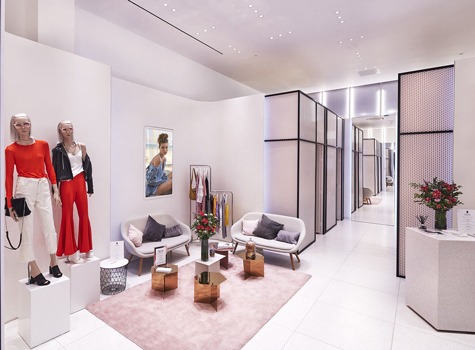The fitting room environment plays a big part in customer buying decisions. Poor facilities, including bad lighting, all contribute to overall customer experience and as many as 40% of customers will abandon a purchase because of an unsatisfactory dressing room experience.
Some key statistics
Independent lighting studies found that:
– 71% of the population are annoyed about the poor facilities within dressing rooms.
– 72% are annoyed or very much annoyed by the poor lighting within fitting rooms and in the case of women, this figure rose to 78%.
Evidently, the dressing room environment and lighting has a key part to play in the profitability of any retail store. In this blog we explore how lighting and interiors interact to create the perfect dressing room environment, and how new technologies like reactive adjustable lighting are transforming shopping experiences.
Getting the interiors right
Lighting is a vital aspect of retail dressing room ambience, but a perfect dressing room cannot be achieved through good lighting alone. The physical environment and the lighting both need to be considered and balanced to create the perfect customer experience.
While you may not be able to alter the structure of your building or the location of your dressing room, you can play to its strengths. To do this, it’s important to work with an interior designer who understands your goals and can help to accommodate them. An overly restrictive interior designer, budget or space can hamper the implementation of the ideal lighting and therefore the customer experience and sales.
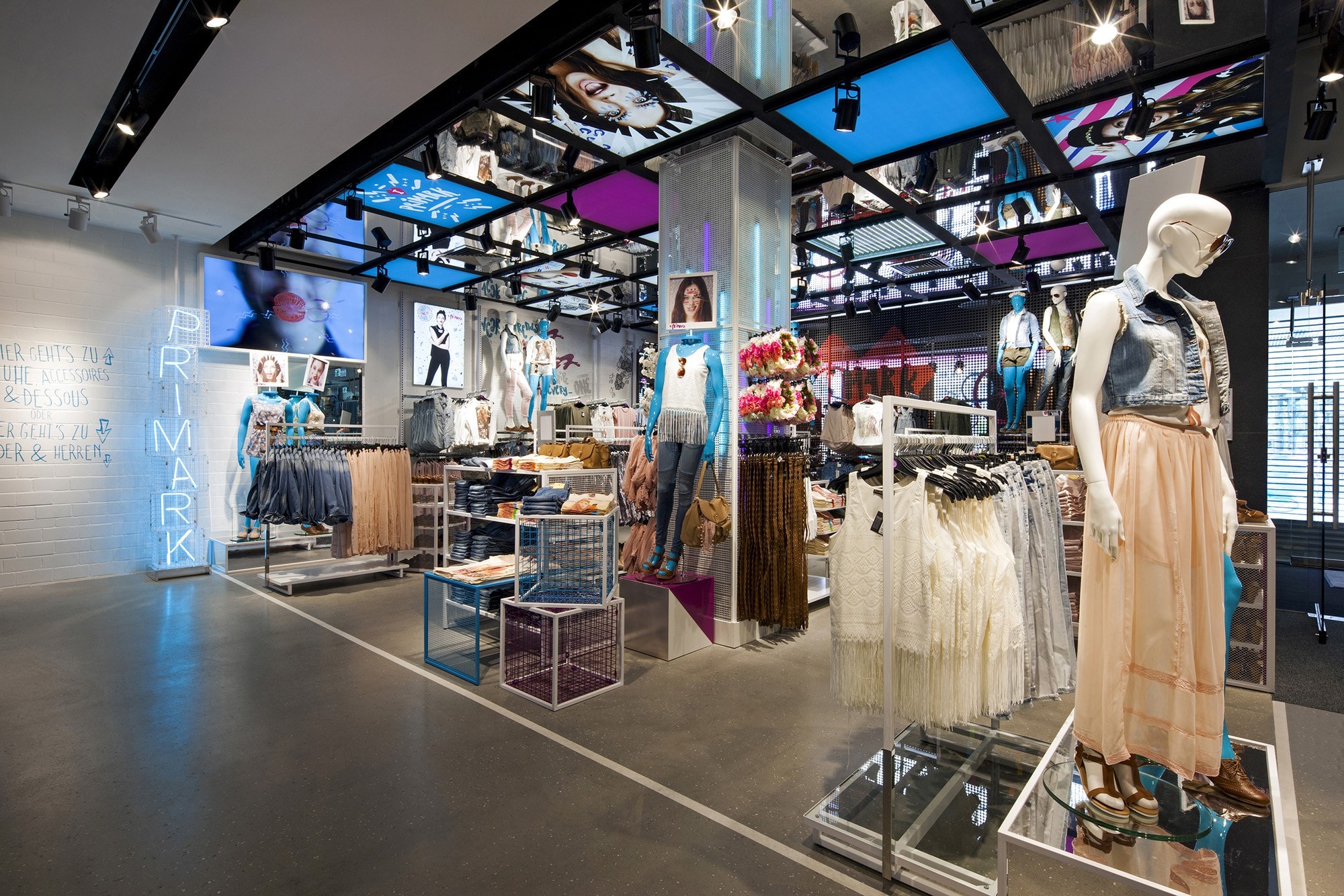
Set the stage
Your dressing room lighting will be unique to your space. You’ll need to consider both the quality, appropriateness of the specification and design, for your particular brand.
In other words, your choice of lighting will depend on your customer base – if you’re selling mainly sportswear or casual clothes, you might choose different lighting and features from a store selling glamorous eveningwear. The ideal scenario, however, is to create a neutral environment that can act as a backdrop to any outfit; both architecturally and through the lit environment. If either variable is too extreme then it can restrict the other with a negative effect.
While every store is different, there are some universal principles to follow.
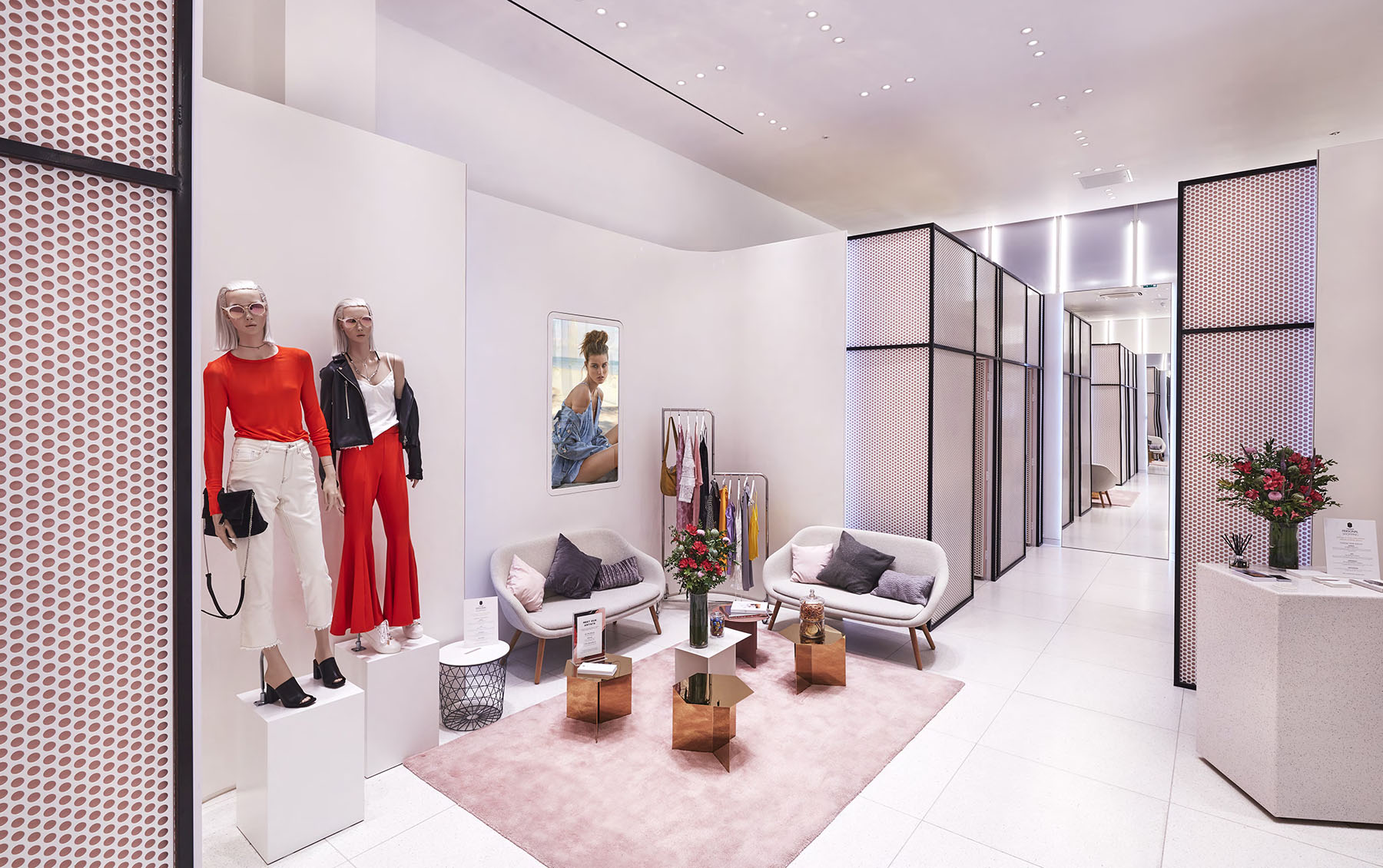
Avoid harsh, functional lighting
It’s important to offer enough light for customers to see clearly, but there is a balance to be struck. An overly lit environment with too much lighting could detract from the space itself; functional lighting may not necessarily be the most appropriate choice aesthetically and careful consideration when designing it into the space is required. Bright lighting can also light the subject in a non-realistic manor, creating a favourable or unfavourable experience that can’t be replicated outside the dressing room.
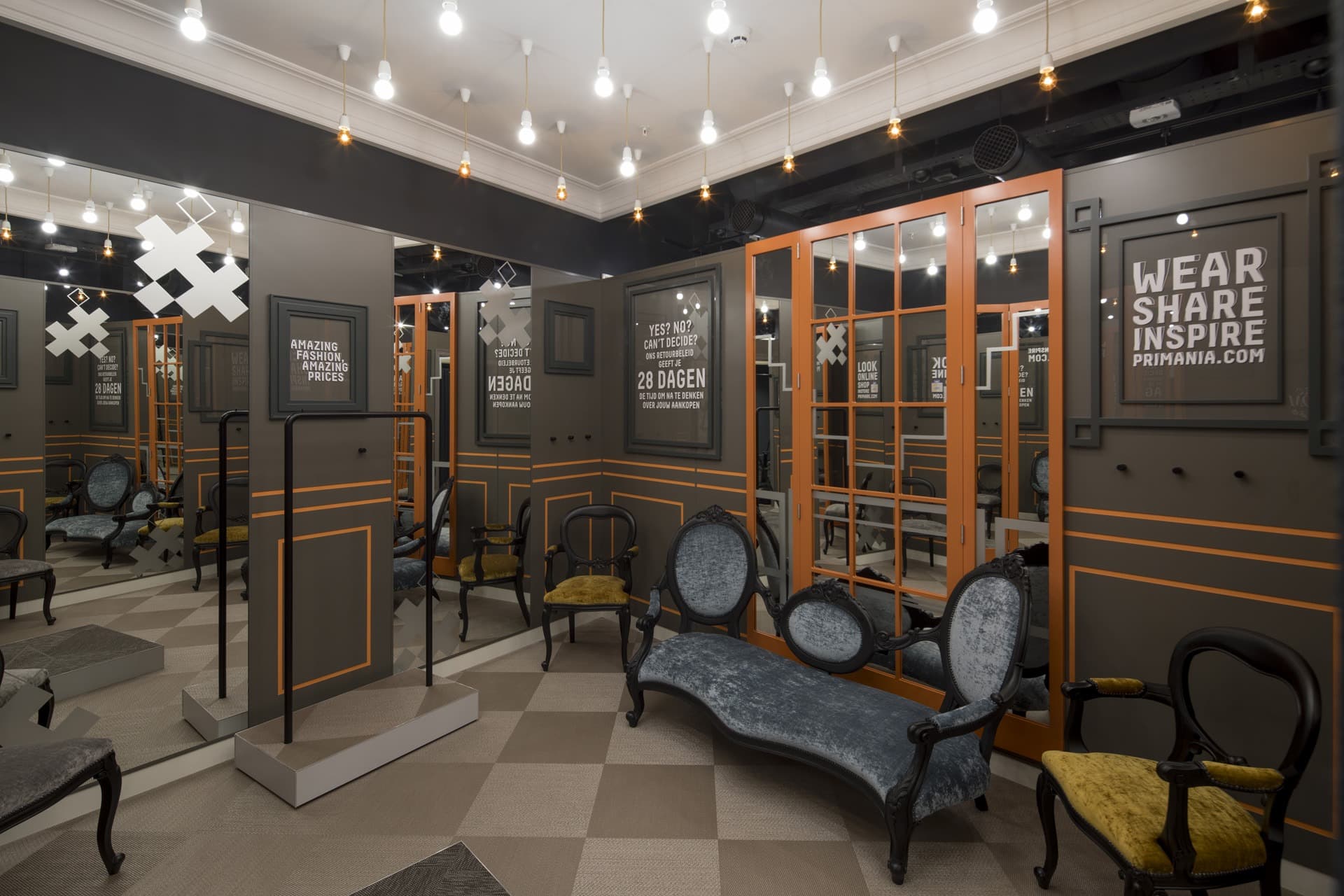
Offer flexibility in your lighting scheme
Retail dressing room lighting needs to simulate real-life scenarios, showing customers how their outfit will look in real life. By changing the colour temperature of your lighting, you can show shoppers how their outfit will look in broad daylight, in the office, or on a night out. Realistic lighting in the fitting room helps customers to make the best purchasing decisions, reducing the number of returns to the store.
Use pre-set scenes simulating various real-life scenarios:
– Office: bright, flat, 4000K colour temperature
– Evening: dim, more accentuated, 2200K-2700K colour temperature
– General: mid-level, 3000K colour temperature
– Selfies: lighting that will showcase the outfit in its best light on Instagram and Facebook
Lighting technology is developing – some retailers are even using RFID tags in their clothes to automatically adjust the lighting within dressing rooms to match the outfit, showing garments off to their best effect. Take PerfectScene as an example – installation of customer control panels within a dressing room allows shoppers to alter the mirror lighting, simulating environments where they plan to wear the outfit in question, be it daylight, at home or on a night out.
Follow traditional studio lighting principles
In our experience, successful retail dressing room lighting follows the same three-point lighting principles as a fashion shoot, encompassing key light, fill light and back light. This helps to illuminate the room with a soft, flattering light, whilst minimising the presence of shadows.
How does physics play a part?
The physics of lighting your dressing room is inextricably linked with its mirrors. You might be surprised at how big an impact they can have, but the number of mirrors and viewing angles in your dressing room, the quality of your mirrors and their positioning will all drastically alter customer perceptions of the space.
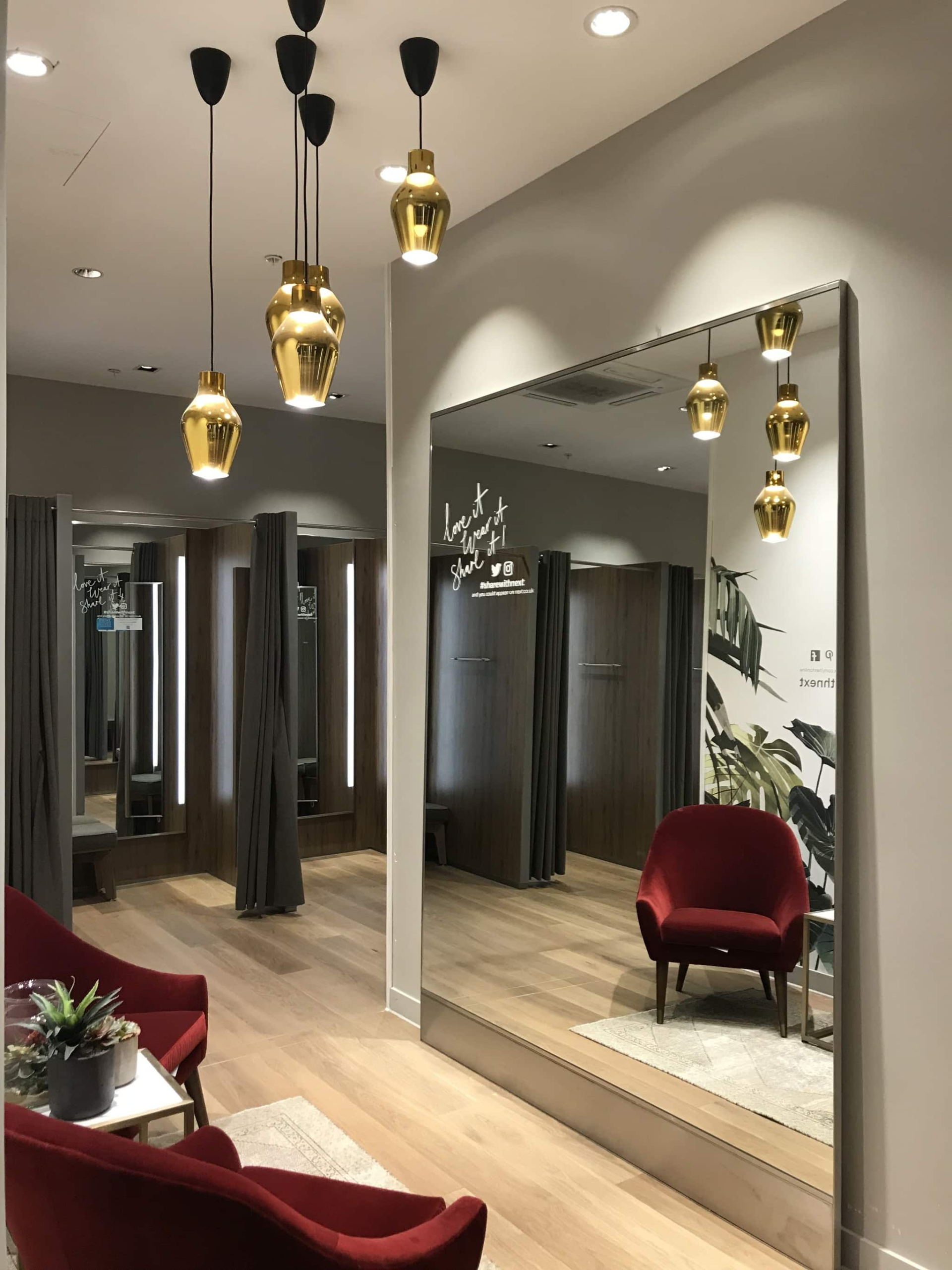
Try it yourself: a slightly tilted mirror changes your perception, and therefore how you feel about the outfit you are trying on. By tilting the mirror towards you, you’ll have a fuller-looking face. Tilt it away, and you’ll look slimmer.
Some key takeaways
Avoid:
– Overhead lighting – this creates unflattering shadows on the face and body and will highlight your customers worst flaws.
– Fluorescent lighting – it flickers and casts a green light.
Try and incorporate:
– Natural, warm light with a high CRI/pinkish hue.
– Linear LED fixtures at either side of the mirrors – these will fill any unflattering shadows and soften/even the lighting.
– The three point lighting principles
For help to achieve the right dressing room atmosphere, contact our team of retail lighting design experts on 01707 290010.
